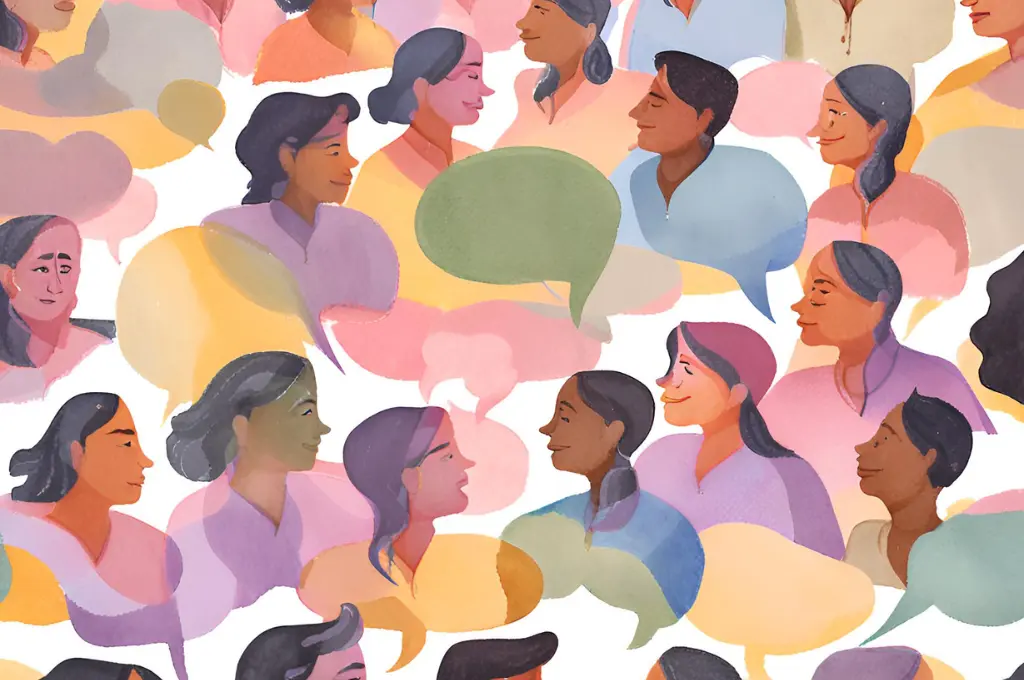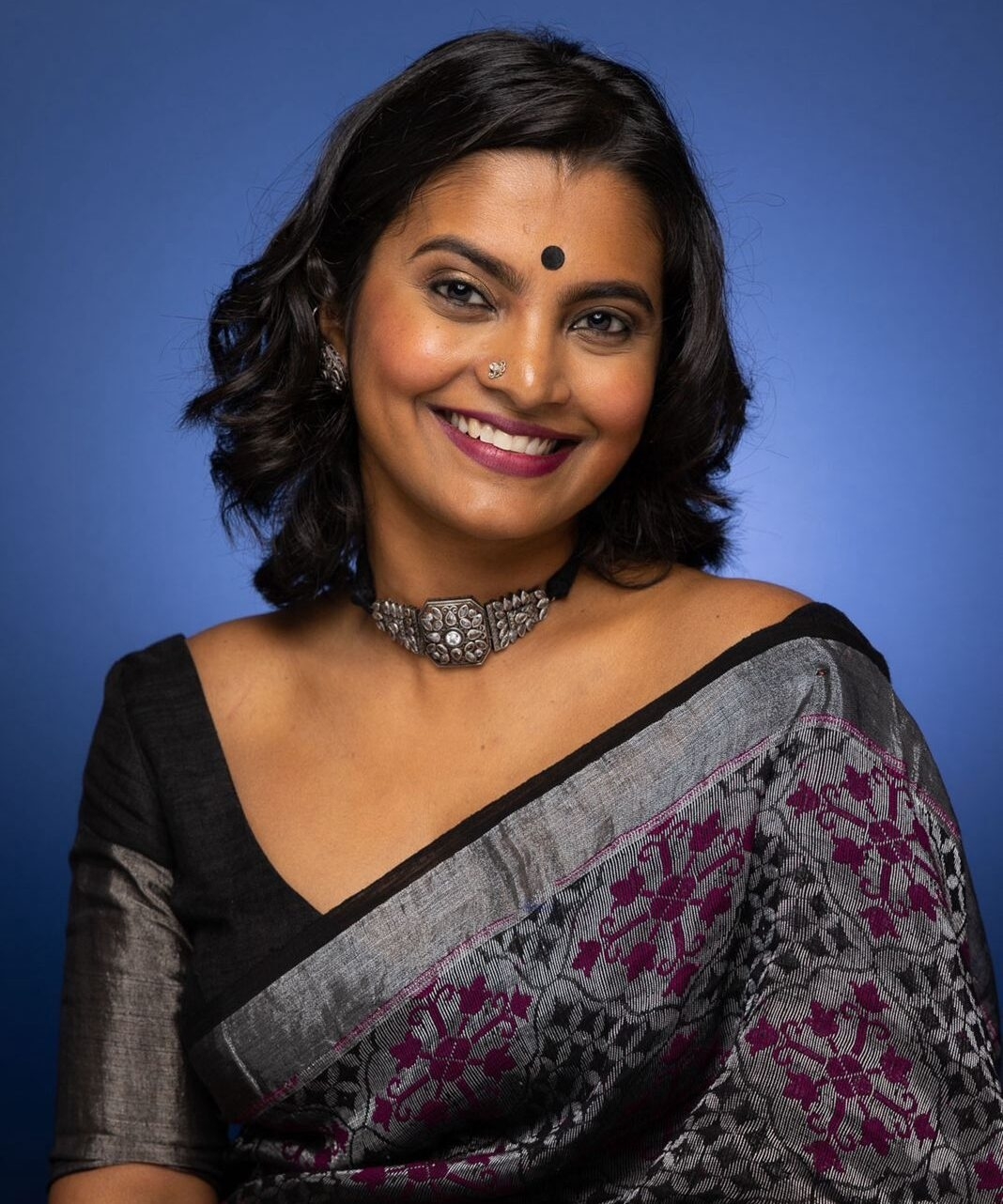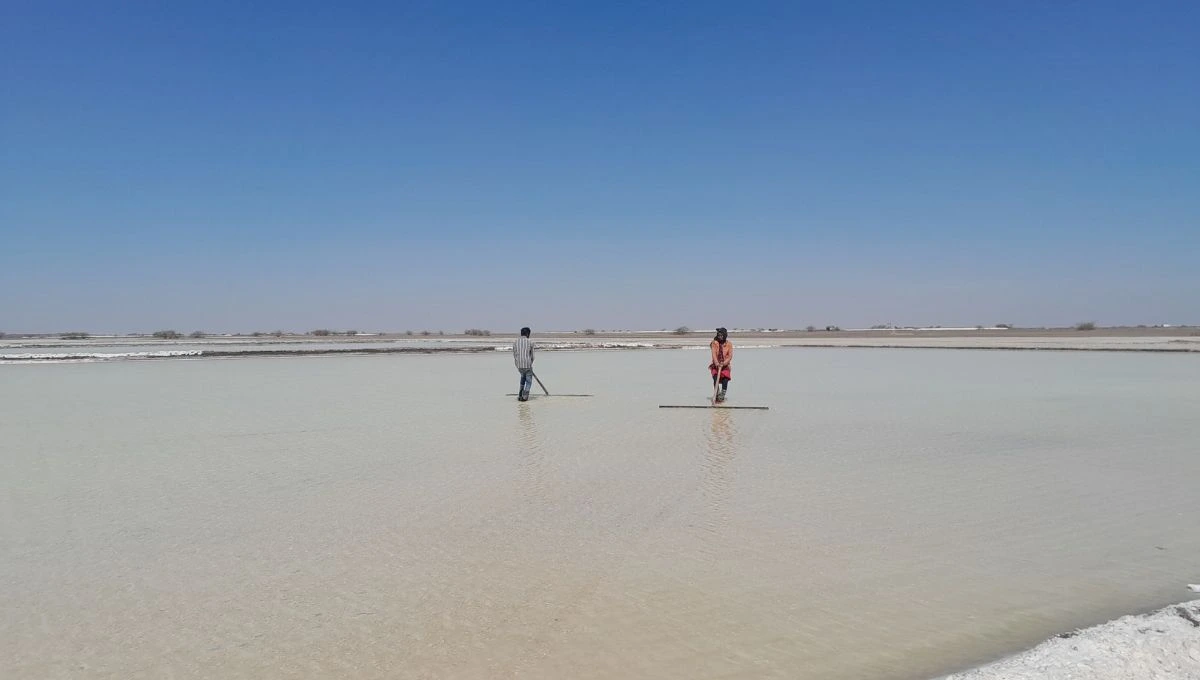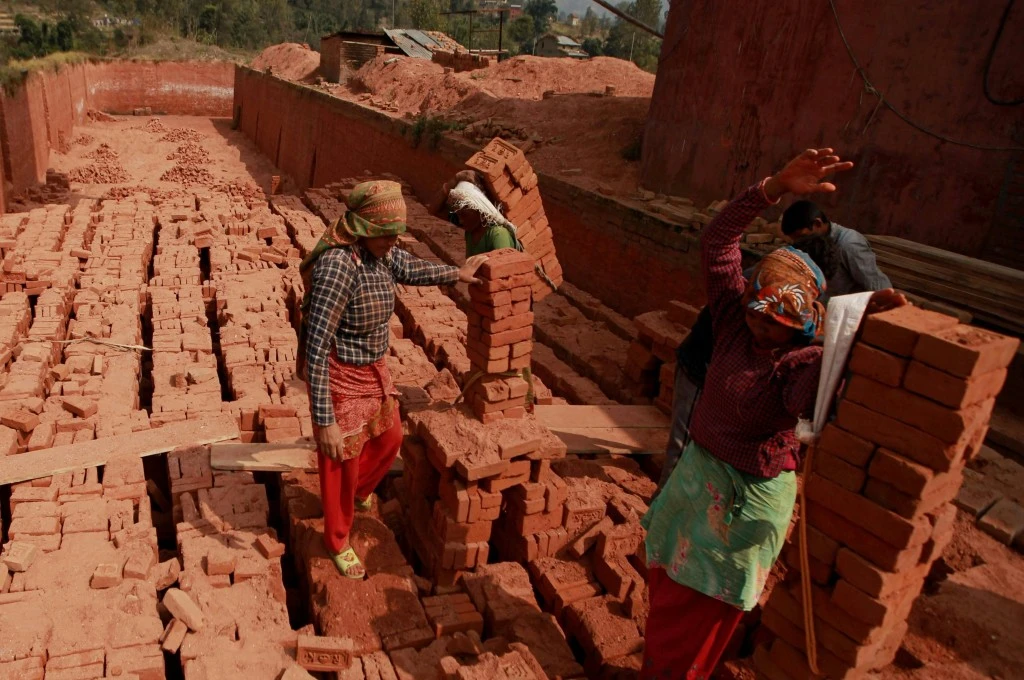Language is more than simply a medium of communication. It is a powerful tool that shapes perceptions, influences action, and fosters inclusivity—or exclusion. In the development sector, where change and progress often rely on communication, the role of language becomes even more pronounced. When the right words are used, marginalised communities feel seen, heard, and respected. When harmful or exclusionary language persists, it can stifle growth and hinder efforts at driving equity. Therefore, the way organisations use language profoundly impacts their ability to address gender inequality. In a country like India, where gender intersects with numerous factors such as caste, class, and religion, language becomes even more critical. Gender-inclusive language is no longer just ‘nice to have’. It is an essential, transformative force.
The role of language in gender allyship
Using gender-inclusive language is a form of gender allyship that moves beyond token gestures into meaningful action. This kind of allyship shows a deep understanding of the power dynamics at play and actively seeks to dismantle existing structures. Gender allyship is about not only supporting women or non-binary individuals but also reshaping the way we all think and interact. Language helps create that cognitive shift.
Gendered language can perpetuate harmful power dynamics. Slurs, a malicious subset of such language, have long been used to degrade, silence, and diminish individuals based on their gender or sexual identity, and can leave a lasting impact on people’s self-worth and dignity. They are barriers to inclusion, reinforce biases, and perpetuate systemic oppression. This kind of language acts as a weapon, limiting individuals’ access to opportunities and pushing them further into the margins of society.
Gender-neutral language allows everyone to feel seen and respected. For example, the normalisation of pronoun introductions or the use of gender-neutral pronouns such as ‘they/them’ is not merely an act of political correctness; it’s about fostering an environment where everyone can exist comfortably. In many settings, simply introducing pronouns at the start of a conversation or meeting can signal to gender-diverse individuals that they are in a safe space. It opens up possibilities for greater trust and collaboration. While gender-diverse communities must spearhead this transformation, allies have the power to make these changes impactful on a larger scale
The development sector interacts directly with marginalised communities, so it must be at the forefront of societal change. The first step it can take in this direction is to frame and communicate programmes in a way that is respectful and inclusive of all genders. According to the 2020 annual report of the development nonprofit ACDI/VOCA, language that fails to acknowledge the diverse spectrum of gender identities further marginalises vulnerable populations and hinders the effectiveness of development programmes.

How language changes the way we think and act
Language doesn’t just describe reality—it shapes it. The words we use influence the way we think and perceive the world around us. For instance, languages that have gendered nouns and pronouns, such as English, often reflect more rigid societal roles for men and women. On the other hand, languages with gender-neutral pronouns—such as Hindi (‘aap’), Kannada (‘avaru’), or Tamil (‘avarkal’)—encourage more fluid and equitable views on gender roles.
This extends into how development programmes are framed. When gender-specific language is used in policies, it can inadvertently exclude non-binary individuals or reinforce traditional gender norms. Consider how often public programmes are marketed toward ‘mothers’, ‘fathers’, ‘sons’, and ‘daughters’ without considering the inclusion of non-binary people.
This can be addressed by introducing gender-inclusive language in the framing of development projects and initiatives. For example, instead of targeting ‘housewives’ for financial literacy training, framing the programme as supporting ‘caregivers’ would acknowledge and include men and non-binary individuals who also perform caregiving duties. This small shift in wording ensures that the initiative is more inclusive and reaches the broader spectrum of people who need support.
As Oxfam highlights in its Inclusive Language Guide, the careful use of inclusive language in public communications shifts social attitudes over time. What may seem like small, nuanced changes can lead to broader societal acceptance and change.
The cost of discriminatory language on gender-diverse communities
According to an opinion piece by LGBTQIA activist Claire Green on Devex, the cost of using discriminatory language extends far beyond hurt feelings—it perpetuates a cycle of exclusion and deepens inequality. Gender-diverse individuals, including transgender, non-binary, and gender-nonconforming people, are already fighting systemic battles for basic human rights. When language excludes them, it compounds their struggles by reinforcing their invisibility. Inclusive language is not just a matter of respect; it’s a critical tool for ensuring the survival and visibility of marginalised groups.
Take the example of healthcare access. A transgender woman seeking medical assistance may be less likely to receive appropriate care if the language on health forms or within medical systems is strictly binary. When official documents and forms assume that all individuals fit into one of two categories—male and female—it forces people outside these binaries to navigate spaces that aren’t designed for them. This issue extends beyond healthcare to education, employment, and legal systems—access to all of which is essential for thriving in society.
In a country like India, where the hijra community and other gender-diverse groups have historically faced stigma, discriminatory language marginalises entire populations and creates an environment where people are denied their basic rights simply because they don’t fit into traditional gender categories.
Gender-inclusive language has the power to change social attitudes
Gender-inclusive language is a powerful agent for change. Studies have shown that countries and cultures that prioritise gender-inclusive language tend to exhibit more progressive social attitudes towards gender equality.
For example, the Government of Victoria in Australia implemented a natural language processing (NLP) approach to review the use of gender-inclusive language on its website. A study found that as gender-inclusive terms became more common in the state, public perception shifted towards greater acceptance of gender-diverse individuals.
Inclusive language can reshape attitudes. While many Indian languages do have gender-neutral pronouns, the challenge lies in shifting entrenched social norms. Using neutral language in educational campaigns or government programmes can subtly challenge traditional norms and promote a more inclusive understanding of gender. For example, young children can be introduced to the concept of gender neutrality at home when the roles of cooking and cleaning are not automatically assigned to the mother. We can also flip the narrative through the education system by presenting household chores as gender-neutral. Recently, Kerala introduced gender-neutral images in school textbooks to promote equality. These images challenge traditional gender roles and stereotypes by showing male figures working in the kitchen.
An example of this contrast in framing can be seen in educational programmes related to parental involvement. A conventional approach might be to say: “This programme is designed to educate mothers on the importance of nutrition for children.” In contrast, a gender-inclusive phrasing would be: “This programme is designed to educate caregivers on the importance of nutrition for children.”
Another easy way to check for a gender-neutral context setting would be to do the ‘flip test’—when a particular statement or work is associated with women or men, flip the context and see if this will fit the other gender. If it does not flip, then we need to make it gender neutral.
What the development sector can do differently
The development sector’s reach and influence enable it to take the lead in adopting gender-inclusive language.
Internally: Within organisations, inclusive language should be embedded into every aspect of operations, from employee handbooks to internal communications. Gender-inclusive style guides should be developed to ensure that all communications reflect an understanding of gender diversity. Additionally, field research, surveys, and programme designs should accommodate diverse gender identities. For example, surveys can include a range of gender options rather than restricting respondents to the male and female categories.
Externally: Nonprofits that work directly with marginalised communities have both an opportunity and responsibility to use inclusive language in public communications. This can be as simple as ensuring that all outreach materials use neutral terms that do not reinforce binary gender roles. For instance, replacing ‘mothers’ with ‘parents’ or ‘fathers’ with ‘guardians’ in child welfare campaigns can make them more inclusive.
Organisations should also aim to highlight diverse gender representations in their visual communications. When images, case studies, or testimonials consistently reflect a narrow view of gender roles (for example, women in pink or men as authority figures), it reinforces harmful stereotypes. Instead, featuring a variety of faces and gender identities in visual storytelling can send a powerful message of inclusivity.
AnitaB.org’s annual Grace Hopper Celebration (GHC), the world’s largest gathering of women technologists, actively uses diverse gender representation. At GHC, we ensure that our visual communications reflect a wide spectrum of gender identities and roles. Instead of portraying only cisgender women, the event showcases diverse individuals—women, trans individuals, non-binary people, and allies—across various tech fields, including leadership and innovation.
Challenges in implementing gender-inclusive language
The adoption of gender-inclusive language in India is particularly challenging due to the country’s vast linguistic diversity. While some Indian languages offer gender-neutral pronouns, such as ‘aap’ (you) in Hindi, they are still laden with gendered nouns and verbs that reinforce traditional roles. For example, in Hindi, words used for professions, such as ‘shikshak’ (male teacher) and ‘shikshika’ (female teacher), reflect gender binaries. Verbs also shift based on gender, for instance, ‘woh gayi’ (she went) and ‘woh gaya’ (he went). This makes it difficult to discuss people or roles without emphasising gender. Similarly, in Tamil, although pronouns such as ‘avarka’ (they) exist, gender distinctions are embedded in words like ‘aasiriyar’ (male teacher) and ‘aasiriyai’ (female teacher). This complexity is magnified in languages such as Gujarati and Marathi, where verbs and nouns often shift based on gender, making it hard to find inclusive equivalents.
Translating the concepts of gender inclusivity into the 22 officially recognised languages and countless dialects across India becomes even more complicated. The nuances of one language don’t always carry over into another, creating gaps in inclusivity efforts. Furthermore, leadership roles in many nonprofits tend to be male-dominated, making the push for gender-neutral language an uphill battle.
In rural areas, where literacy rates are often lower and oral communication is preferred, simply distributing written materials on gender-inclusive language may not suffice. Instead, community workshops, interactive storytelling, and role-playing activities can help bridge the gap. These methods allow facilitators to engage directly with communities, fostering an environment where gender norms can be questioned and discussed in real-time. For instance, village meetings could use role-playing to demonstrate how language influences perceptions, helping community members understand why using inclusive terms such as ‘teacher’ instead of gender-specific terms such as ‘shikshak’ or ‘shikshika’ is important. A campaign that shifts language from ‘mahila udyami’ (female entrepreneur) to simply ‘udyami’ (entrepreneur) sends the message that gender is not a defining factor in someone’s ability to succeed.
The critical role of the media as narrative shapers
Journalists, editors, and media outlets have the power to either reinforce harmful stereotypes or promote inclusivity through their language choices. When the media reports on gender-diverse individuals with dignity, respect, and accuracy, it not only shifts public perception but also provides these communities with much-needed visibility. We regularly see news reports being insensitive to the journey of non-binary individuals by deadnaming them, using incorrect terms, or the word ‘transgender’ as a noun. This is why gender sensitisation for media is not a supplementary action but an integral step in ensuring that the stories we tell are uplifting and include everyone. For example, the Indian Express news report on Manipur becoming the first state in the country to have an all-transgender football team specified the different gender identities on the team, including transmen, transwomen, and other queer individuals. The reporting was thus done in an equitable and inclusive way.
At AnitaB.org India, we recognise the media’s influence and have made gender sensitisation central to our outreach. Through workshops for journalists, we aim to equip them with the tools to accurately represent gender-diverse communities and challenge harmful narratives.
The way forward
Despite the challenges, the move towards gender-inclusive language must begin somewhere. Small steps can have a substantial impact on shifting attitudes and promoting social justice. By consistently using inclusive language, development organisations can set a powerful example for other sectors to follow. Nonprofits can organise or participate in workshops and training sessions focused on gender inclusivity and language. Additionally, media houses and communications teams can actively seek to include diverse gender representations in the organisation’s content.
The journey towards truly inclusive language is ongoing and requires continuous learning and adaptation. As we move forward, it’s essential to remain open to feedback from gender-diverse communities, ensuring that our efforts at inclusivity genuinely reflect their needs and experiences. By cultivating this dialogue and continuously refining our approach, we can create a society where language serves as a bridge rather than a barrier.
—
Know more
- Read this interview to know what it takes to be at forefront of the campaign to secure gender and sexual rights.
- Read this article to learn about the power of the media in advancing LGBTQI+ rights.
- Watch this TED Talk to understand why it’s important to use inclusive language.





